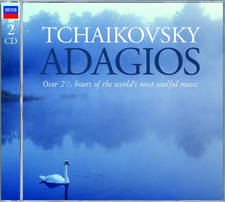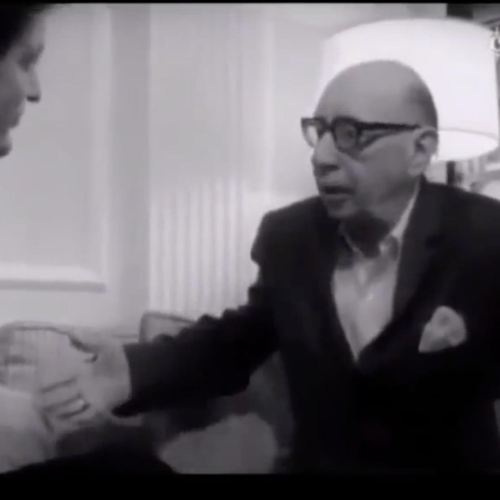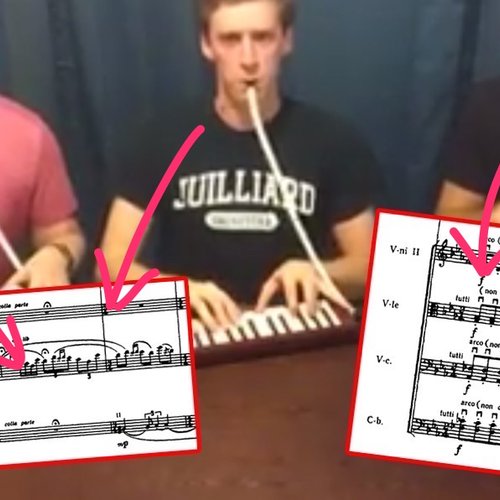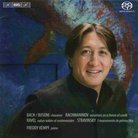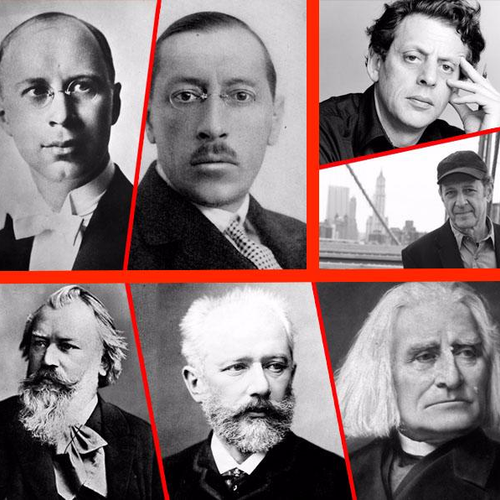The Story Behind The Rite Of Spring
“I was guided by no system whatever in Le Sacre du Printemps,” wrote Igor Stravinsky in 1961. “I had only my ear to help me; I heard and I wrote what I heard. I am the vessel through which Le Sacre passed.”
Stravinsky’s ballet score is an epochal landmark in music. Its French and Russian (Vesna svyashchennaya) titles translate literally as The Coronation Of Spring. Its English title, The Rite Of Spring, lends a suitably chilling dimension, for the scenario is a pagan ritual in which a sacrificial virgin dances herself to death. The work is subtitled Pictures From Pagan Russia.
The idea for the work came to Stravinsky in 1910 when he was composing The Firebird for the impresario Diaghilev and the Ballets Russes. The composer put the project to one side for a year while writing Petrushka, his second successful score for Diaghilev, before immersing himself in The Rite in the summer of 1911. The archaeologist and folklorist Nikolai Roerich was an integral part of the creative process, providing Stravinsky with drawings from scenes of historical rites.
The score was written in a rented house in Clarens, Switzerland, in a tiny room with just enough space for an upright piano, a table and two chairs. Stravinsky completed the composition, two parts of roughly equal length (Adoration Of The Earth and The Sacrifice), by the beginning of 1912 and finished the instrumentation by late spring.
Its premiere, at the Théâtre de Champs-Elysées on May 29, 1913, conducted by Pierre Monteux, caused a scandal. The work was such a violent wrench from every musical tradition that had gone before that, to many people, it seemed like the work of a madman. There is no space here to illustrate the many complex technical innovations in this primordial, elemental score, but, contrary to popular belief, it was not just the shock of hearing the music, nor Nijinsky’s exotic choreography, nor Roerich’s bizarre settings that prompted the riot that ensued in the theatre. There were anti-Russian, anti-Diaghilev and anti-Nijinsky factions at work in Paris, determined to disrupt proceedings before a note of music had been heard.
A year later, a concert performance was given in the Casino de Paris, conducted again by Monteux. Stravinsky was carried from the hall shoulder-high in triumph. Nothing he wrote subsequently had the same shattering impact on the musical world.
